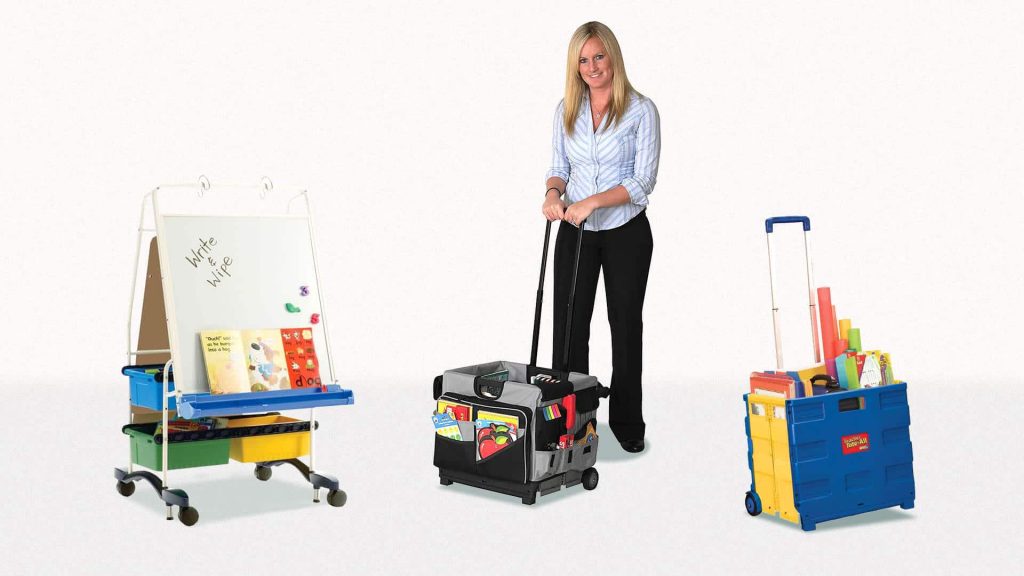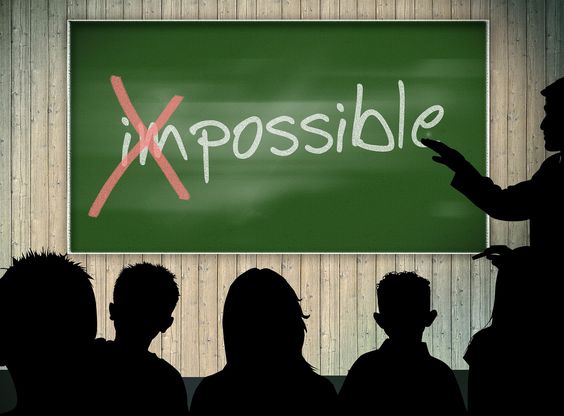Introduction:
In today’s ever-evolving educational landscape, creating a dynamic and adaptable learning environment is crucial for our students’ success. One way to achieve this is by incorporating flexible seating in the classroom. This article will outline 15 ideas for flexible seating that can enhance learning experiences and better accommodate diverse student needs.
1. Bean bag chairs: This comfortable seating option is perfect for students who need a cozy spot to read or work on individual projects.
2. Yoga ball chairs: These chairs promote healthy posture and can help students stay focused while working on assignments.
3. Standing desks: For those who prefer standing, these desks provide an alternative to traditional sitting and help maintain engagement levels.
4. Wobble stools: These adjustable stools encourage movement while still maintaining focus, giving students the ability to expend energy without disrupting their work.
5. Floor cushions or mats: Floor cushions are a great option for group projects or reading sessions, providing an alternative to sitting at desks.
6. Modular seats: These multi-purpose seats offer versatile configurations, allowing teachers to rearrange the seating arrangements as required throughout the day.
7. Café-style tables and chairs: Providing a relaxed atmosphere, café-style seating can encourage collaboration among students and foster creativity during group activities.
8. Lap desks: Portable lap desks allow students the flexibility to work in various locations around the classroom or during outdoor lessons.
9. Pillow seating areas: Create comfortable nooks around your classroom with floor pillows, encouraging a calm atmosphere for reading or quiet time activities.
10. Stadium seating: Tiered seating arrangements make it possible for all students to have a clear view of visual aids and presentations while supporting group discussions.
11. Low tables with cushioned seats: Providing a more relaxed environment for learning encourages comfort and creativity during small group discussions or independent work.
12. Window bench seats: Making use of natural light and views, window seats can help create a peaceful space for students who might need a break from group work or prefer observing the class from afar.
13. Scoop rockers: These small, lightweight rockers offer a fun alternative to traditional chair seating and can be easily moved around the classroom.
14. Clipboards and clip-on seats: Clipboards allow students to have a writing surface anywhere in the classroom, while clip-on seats provide sturdy seating options that are easy to rearrange.
15. Mix and match: Don’t be afraid to combine various flexible seating options in your classroom to create a diverse and engaging learning environment.
Conclusion:
Flexible seating in the classroom encourages adaptability, creativity, and collaboration among students. By implementing some or all of these 15 ideas, you can create an inviting and dynamic space that not only meets the diverse needs of your students but also enhances their overall learning experience.











